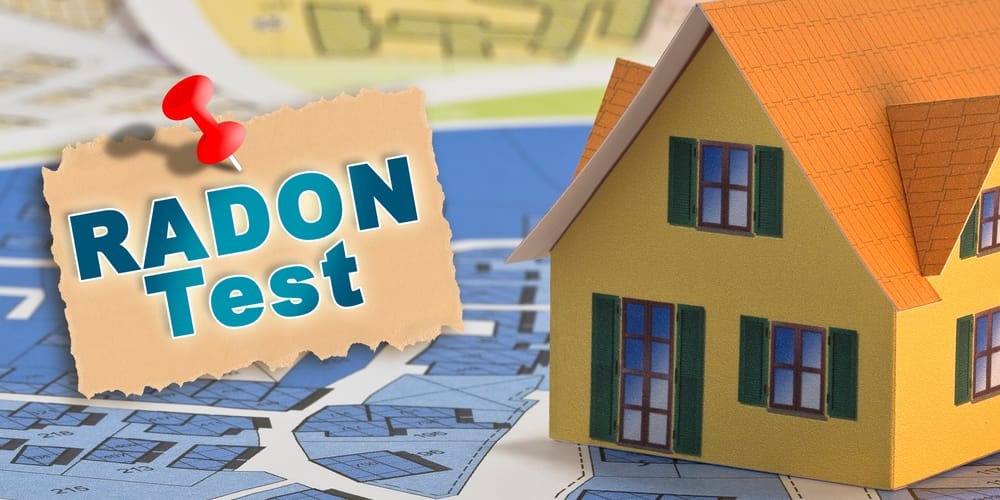In part one of this two-part blog series, we went over some of the primary issues home inspections help you identify before completing a home purchase. Many of these are areas the untrained eye will not pick up, but could be huge factors in altering the purchase price of the home.
At Aerolite Consulting, we offer the most comprehensive home inspection services out there, with solutions ranging from standard inspections to environmental and contaminant testing generally not offered by other home inspection companies. Here are several areas that both potential buyers and home inspectors will be looking for during the inspection process, including some of the signs we’ll help you keep an eye out for.
Cracks in Foundation
One of the more significant issues that may affect homes that have been in place for several decades is settlement in the foundation leading to cracks and other damage. Many potential buyers aren’t sure exactly where to look for these kinds of concerns, and may not even be aware of how to react when they do find them.
Generally speaking, smaller hairline or corner cracks aren’t huge reason for concern – they are normal and relatively inexpensive to repair, though you may request such repairs from the seller if there are several such cracks. If any cracks are located that are beyond a quarter-inch in width, however, especially horizontal cracks across the foundation, these can create major pressure issues and may be considered foundation damage by developers and real estate pros. In these cases, it’s vital to demand repairs from the seller before completing the sale.
Pipe Wear and Tear
We’ll also spend some time checking out your basic piping and plumbing systems, ensuring areas like pipe quality, water pressure and others are in good shape. We’ll listen for gurgling sounds that might indicate older or worn-down pipes, plus check exposed pipe areas for corrosion or rust concerns.
If the home in question was built before 1995, it’s possible it will have polybutylene water pipes, which were found to break down easily and cause leaks. If this is the case, we will inform you and also check the pipes for their current quality and assess whether they need to be replaced.
Roofing Concerns
Finally, both inspectors and potential buyers will take the time to inspect the roof and the areas below it within the home. Water stains are never a good sign here, and we’ll also investigate any fresh paint on the ceiling inside – this could be a sign that the seller is trying to cover up a water damage issue due to a leaking roof. If there are any such issues, we’ll ensure you’re aware before you complete the sale.
For more on the kinds of issues we help you identify with our home and environmental inspections, or to learn about any of our testing services, speak to the staff at Aerolite Consulting today.





